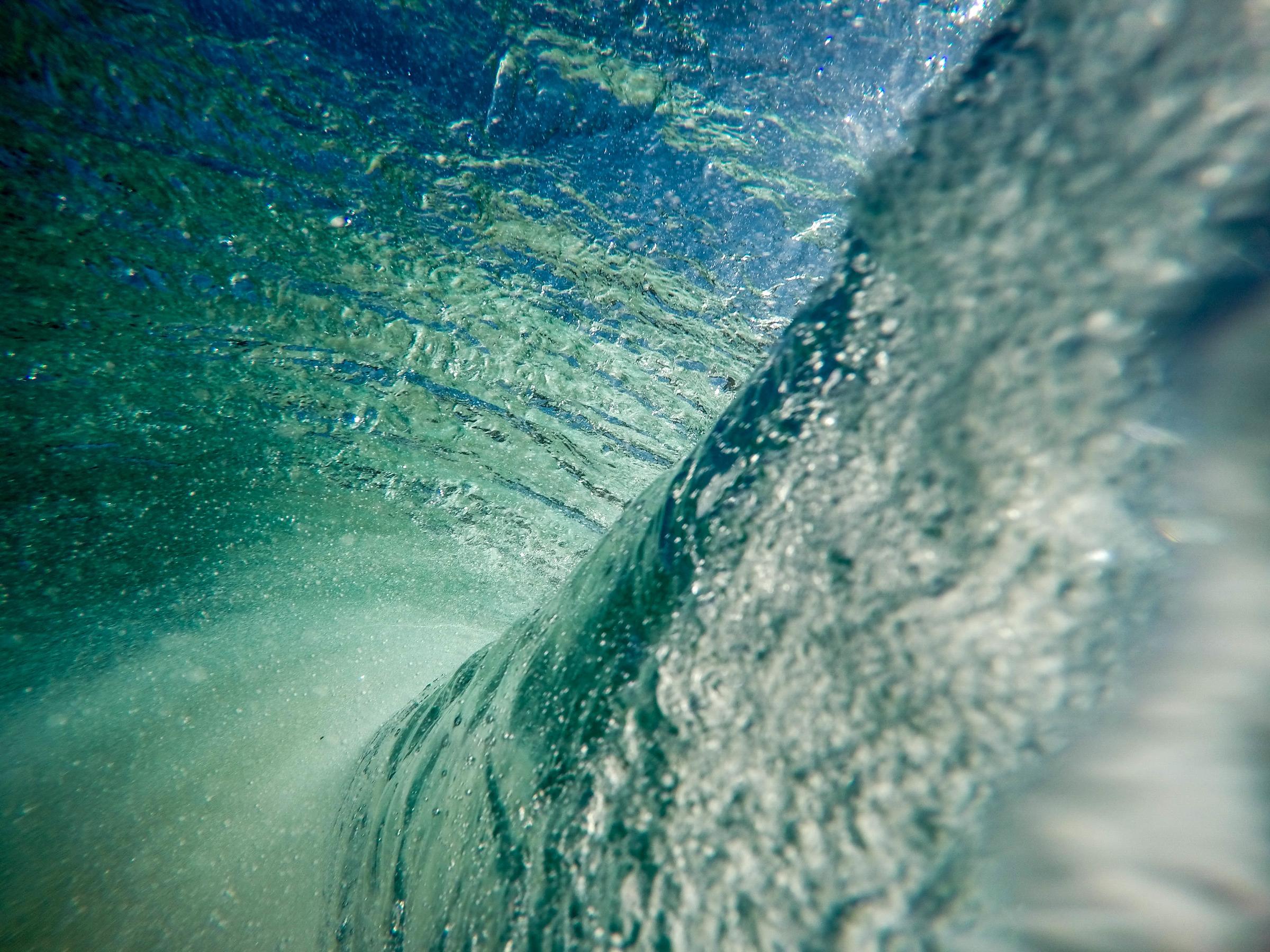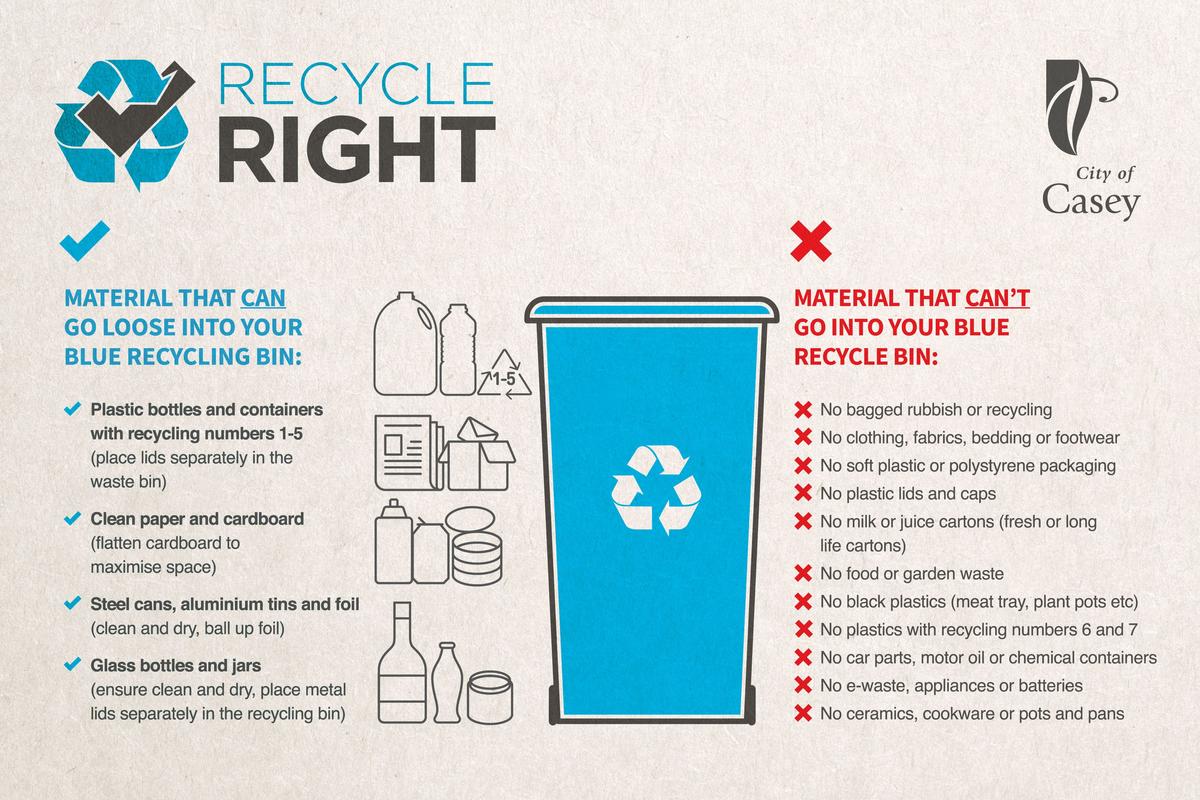Sustainability
Together We Can Make a Difference

Sustainability
Together We Can Make a Difference




https://www.sustainability.vic.gov.au/
By reducing the amount of energy you use at home, you will:


The above statistics are based on the Residential Baseline Study, 2016.
Running costs also depend on:
Ways to reduce energy costs
Step 1: Buy energy efficient appliances
Energy efficient home appliances often cost more to buy. But they save money in the long run, as you spend less money to run them.
When you buy a new appliance, use the energy rating labels to compare models and lifetime running costs. The more stars the label has, the more energy efficient it is and the lower the running cost will be.
Understand energy rating labels.
Correctly dispose of old appliances
Make sure you dispose your unwanted appliances at your local e-waste drop off point to help protect the environment.
Learn about how to dispose of e-waste.
Step 2: Use home appliances efficiently
No matter how efficient your appliance is, you need to use it efficiently to save money on your energy bills.
Read how to use your home appliances efficiently:
Step 3: Consider a solar PV system
Install a solar PV system to generate electricity from the sun.
Learn about solar power.
Step 4: Get a better electricity or gas rate
To reduce your energy bills further, find a better rate with the Victorian Energy Compare website
**Food and Garden Waste Bin:


Put these in your food and garden waste bin:
Don't put these in your food and garden waste bin:
How to use Casey's food waste recycling service:
Benefits of recycling food waste:
Reducing food waste saves money. The average family in Victoria loses about $2200 a year from wasting food, and almost 250,000 tonnes of food waste is sent to landfill each year. That’s nearly one in five shopping bags per week!
Recycling food waste is good for the environment, returning valuable nutrients to the earth. It also reduces the production of methane and the volume of waste sent to landfill.
All Casey residents can now put household food scraps straight into their dark red garden waste bin. Council will collect your garden and food waste to create compost.
What can you do?
SUSTAINABILITY AT HOME - The City of Casey Tips: https://www.casey.vic.gov.au/sustainability-home
WASTE and RECYCLING Ideas: https://www.sustainability.vic.gov.au/You-and-your-home/Waste-and-recycling
RECYCLE RIGHT:

